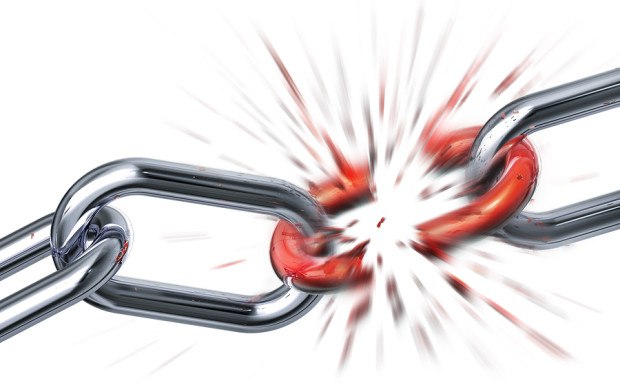I have been bonked all afternoon. It’s that time of year. Brooklyn’s stoops, plumped by great pumpkins, are bright with autumn leaves. Sweeping up means braving the barrage of falling kernels, hurtling down as if pelted by malicious squirrels. Like ideas, most won’t germinate. My head hurts.
Executive Summary
Innovation Consultant Karen Morris reviews kernels of truth about innovation pursuits from the work of Linus Torvalds, Linus Pauling, and Charles Schulz—the creator of the Peanuts comic strip featuring the character Linus. Among the insights:- From Torvalds: The disruptive Linux kernel reminds that incumbent businesses are threatened more by what they know to be true than what they don't know about the future.
- From Pauling: "The best way to have a great idea is to have lots of ideas—and kill them quickly." Failure is inevitably part of the innovation process that must be managed at an organizational level.
- From Schultz's Linus: For future purposes, today is an "unsuccess" story.
The Linux kernel was the slingshot stone pelted against the Goliath of Microsoft Windows. It’s a neat reminder of the cyclical nature of commercial innovation that the extraordinary boy-innovator William H. Gates III would face potential disruption from a (minority) Swedish-speaking Finn who with a very unGatesian metaphor famously declared that “Software is like sex. It’s better when it’s free.” For those of us old enough to make a deeply misplaced association Linus Torvald’s perspective here has nothing to do with his receipt of the Lovelace Medal from the British Computer Society.
Linus Torvalds, named one of the world’s top innovators under 35, epitomizes a certain archetype of the purposeful, visionary innovator. Torvalds was a revolutionary pioneer of the sharing economy, now erroneously descriptive of businesses such as Uber and Airbnb. Their operating models are neither new nor disruptive—outsourcing to avoid capital investment and obtain workforce efficiencies is not inherently novel until, that is, you redraw the story, the familiar picture, of what the hospitality or transportation businesses assume about themselves.



























